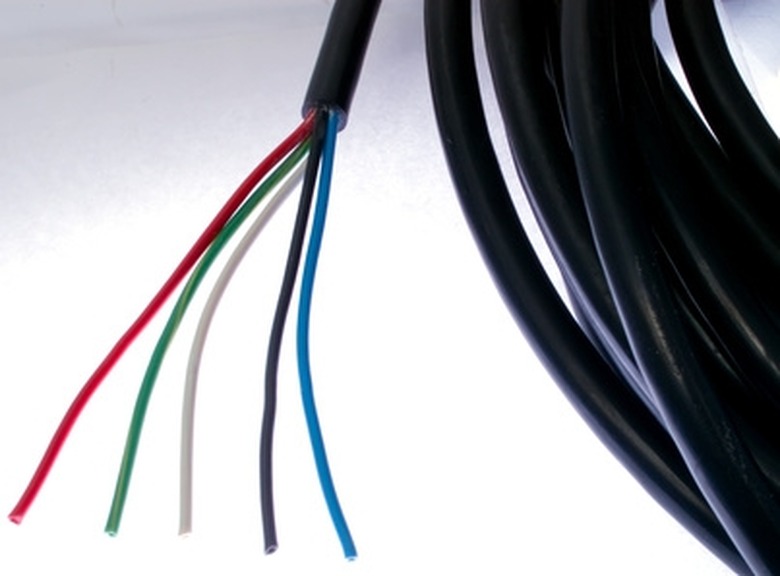How To Test The Conductivity Of Metal
The electrical conductivity of a metal is a measure of how easily electrons move through that metal. Metals generally have a high electrical conductivity because of their definitive property of sharing electrons. The following steps will allow you to measure and calculate the electrical conductivity of a metal.
Step 1
Use an ohmmeter to measure the resistance of a metal sample of known length and area. A basic ohmmeter would use two contacts, one at each end of the sample, to determine resistance.
Step 2
Use a four-contact device to make precision measurements. This type of ohmmeter uses one pair of contacts to measure the current and the other two to measure the voltage. This allows the meter to ignore the resistance of the first pair of contacts.
Step 3
Read the ohmmeter's calculation of resistance. The ohmmeter does this automatically using the equation R=V/I. That is, the ohmmeter divides the voltage (in volts) by the amperage (in amperes) to give us the resistance in ohms.
Step 4
Calculate the resistivity using the following equation: o = l/RA. l is the length of the sample (in meters), R is the resistivity (in ohms) and A is the area of the sample (in square meters). This will give us the conductivity o (in ohm meters^-1). The official unit of measure for electrical conductance is the siemens (S) which is defined as an inverse ohm (ohm^-1).
Step 5
Keep a table of electrical conductivities handy. This can help you determine the purity of your sample. Silver, for instance, has the highest conductivity of any metal at 6.3 x 10^7 S-m^-1.
Cite This Article
MLA
Contributor, . "How To Test The Conductivity Of Metal" sciencing.com, https://www.sciencing.com/test-conductivity-metal-2046943/. 24 April 2017.
APA
Contributor, . (2017, April 24). How To Test The Conductivity Of Metal. sciencing.com. Retrieved from https://www.sciencing.com/test-conductivity-metal-2046943/
Chicago
Contributor, . How To Test The Conductivity Of Metal last modified March 24, 2022. https://www.sciencing.com/test-conductivity-metal-2046943/
